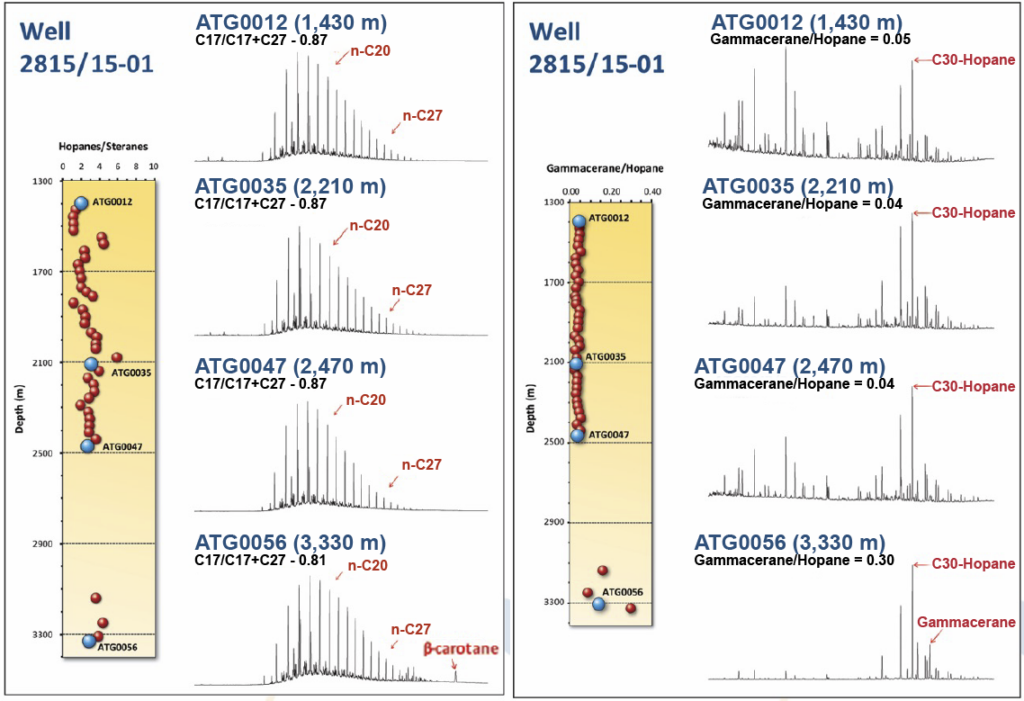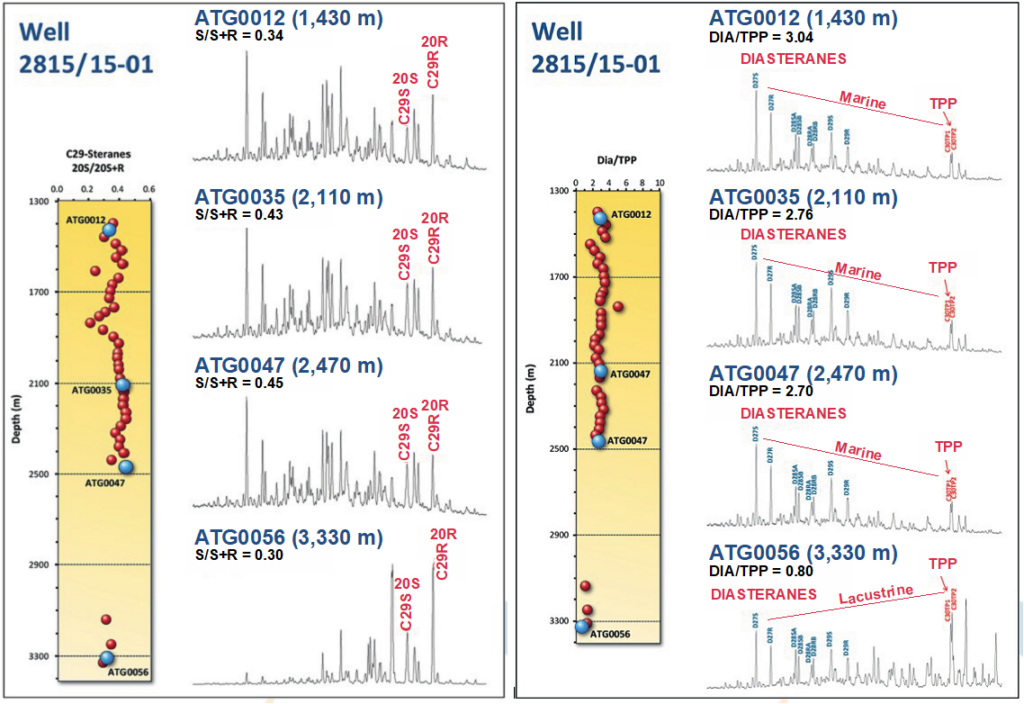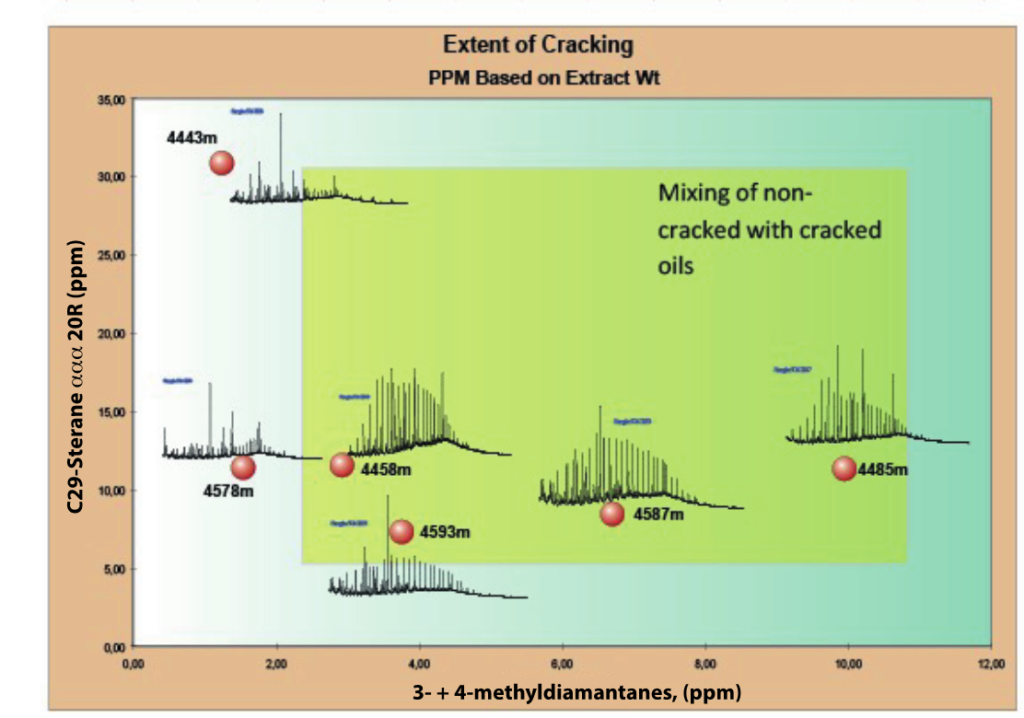HRGWD: The insights you need when it really counts

HRGWD is an innovative process and workflow that allows for the detection, collection and quick analysis and interpretation of potential oils, condensates and gases from drilled reservoir sections using organic extraction (Soxhlet) of plugs, cuttings and/or core reservoir samples. And with the correct logistics, operations managers will have previously unimagined insights in hand in time to guide their on-site drilling decisions.
This revolutionary technology leverages special Soxhlet extraction used for the cleaning of plugs/cores/cuttings in petrophysical studies (e.g., microscopy mineralogy, permeability and porosity analyses, etc.) in order to optimize drilling efforts. The extracted fluids can be quickly used for HRGWD analyses, while the cores and plugs are totally cleaned and ready for future petrophysical studies.
We should also highlight Optimum’s (Stratum Reservoir, BTI and BPS) proprietary extraction/liquid chromatography methods, which optimize hydrocarbon fraction/small and large diamondoid molecule recovery to a level never previously imagined.
HRGWD has proven very successful in petroliferous basins in Brazil, especially when extracts have complex fluid mixtures composed of uncracked and cracked oils and condensates.
The results allow for the identification and quantification of heavy oils, light oils, condensates and fluid mixtures in well sections while drilling is still ongoing. In addition, origin, thermal and biodegradation stages, oil quality, oil mixing, hydrocarbon fractionation and, most importantly, oil cracking stage can be quickly deciphered.
These data are critical to better understanding the petroleum system in the well and characterizing and predicting the oil/condensate/gas potential of the reservoir before the end of drilling and logging operations. Meanwhile, HRGWD is also a key tool in identifying the various hydrocarbon compartments in the reservoir and water/oil/condensate/gas contact.
Via analysis of organic extracts of reservoir rocks containing oil/condensate from a particular well section, calibration curves based on measured oil properties versus molecular ratios can be constructed. These ratios are determined via high resolution gas chromatography (GC) and/or gas chromatography-mass spectrometry (GC-MS), chromatography-mass spectrometry-mass spectrometry (GC-MS-MS), quantitative diamondoids analyses (QDA), compound specific isotope analyses of biomarkers (CSIA-B) and quantitative extended diamondoids analyses (QEDA).
Once suitable calibration curves have been constructed, oil properties can be indirectly determined throughout an entire well via analysis of core and/or cutting extracts. The analyses can be quickly performed on plugs, cores and cutting composite samples, providing important insights to enable successful exploration evaluations before the end of drilling/logging operations.
See some examples below!





Home / HRGWD: The insights you need when it really counts

